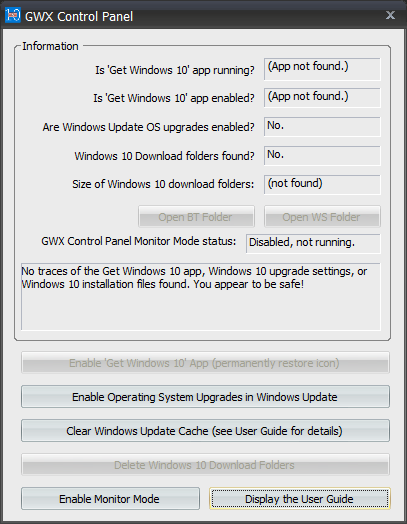The latest version of Flash is 20.0.0.286, for most browsers. Microsoft Edge and Internet Explorer on newer versions of Windows are apparently still stuck at Flash 20.0.0.272.
Sadly, the information on the Adobe site related to these updates is inconsistent, confusing, or just missing.
The About Flash page doesn’t seem to agree with the announcement page. The former shows “Internet Explorer (embedded – Windows 8.x) – ActiveX 20.0.0.286”, while the latter shows “Flash Player 20 for Internet Explorer on Windows 8.1: 20.0.0.272”.
The Flash runtime announcement says “Security update details can be found here: Security Bulletin (APSB16-01)”. But the APSB16-01 bulletin is for the previous Flash updates. The linked URL is also wrong; it points to an even older bulletin: APSB15-32. And to top it off, the security bulletin that should exist (APSB16-02) for this update currently generates an error.
Hopefully Adobe will fix this mess ASAP.
Meanwhile, although the announcement doesn’t mention any security fixes in the new versions, it’s safe to assume they exist, so you should update Flash in any browser where it’s enabled.
As usual, Internet Explorer on new versions of Windows will receive these updates via Windows Update, and Chrome will get its new Flash automatically.
Update 2016Feb02: I reported the announcement and bulletin problems (noted above) to the author of the announcement. He replied that the About page would be fixed, and that he had fixed the link to the bulletin on the announcement page. Unfortunately, that link now goes to the bulletin for the previous Flash release. The author claims that bulletin still applies, but it really doesn’t, since it recommends the previous version of Flash.
Update 2016Feb04: According to the author of the announcement, there were effectively no changes in this Flash update. Certainly there were no security fixes. A link to the previous security bulletin was included simply because it was the most recent bulletin. The link text will be changed to make this more clear.
 boot13
boot13